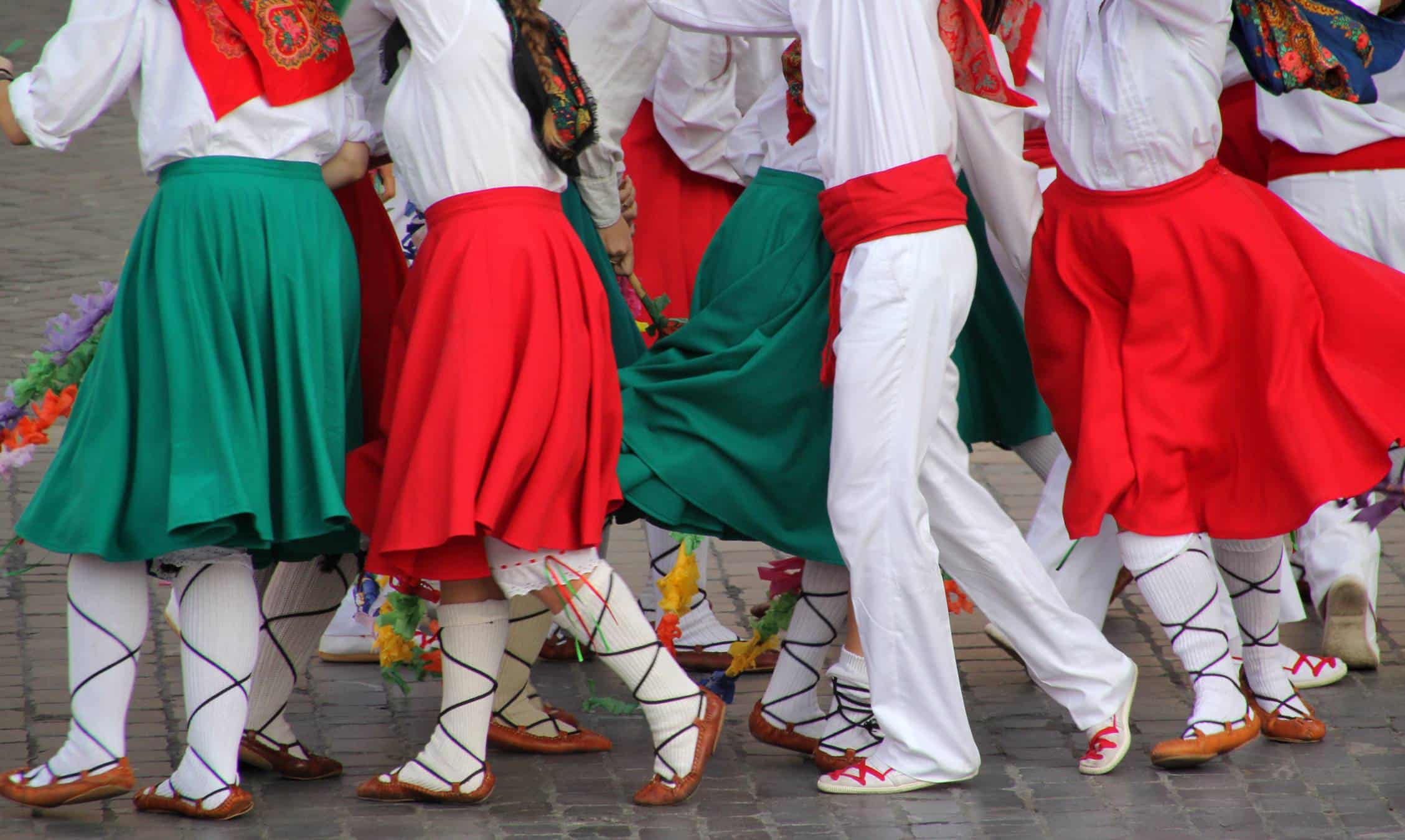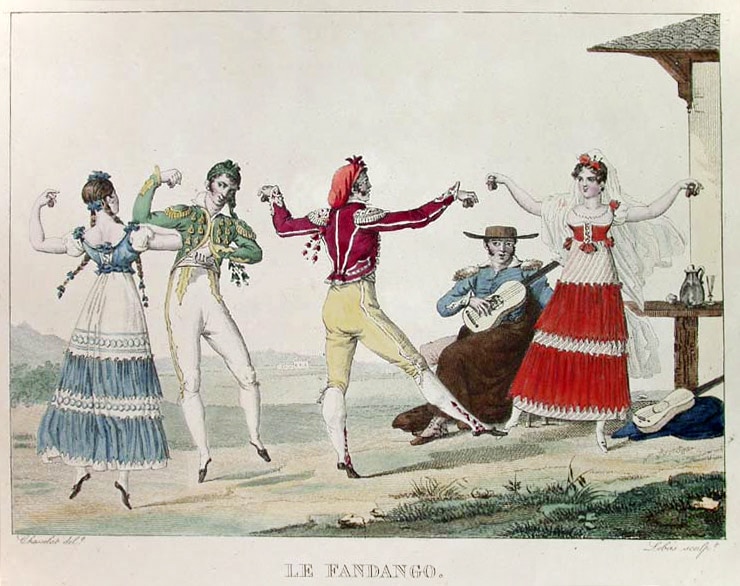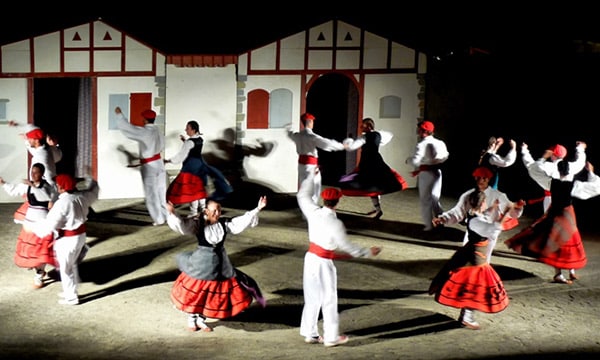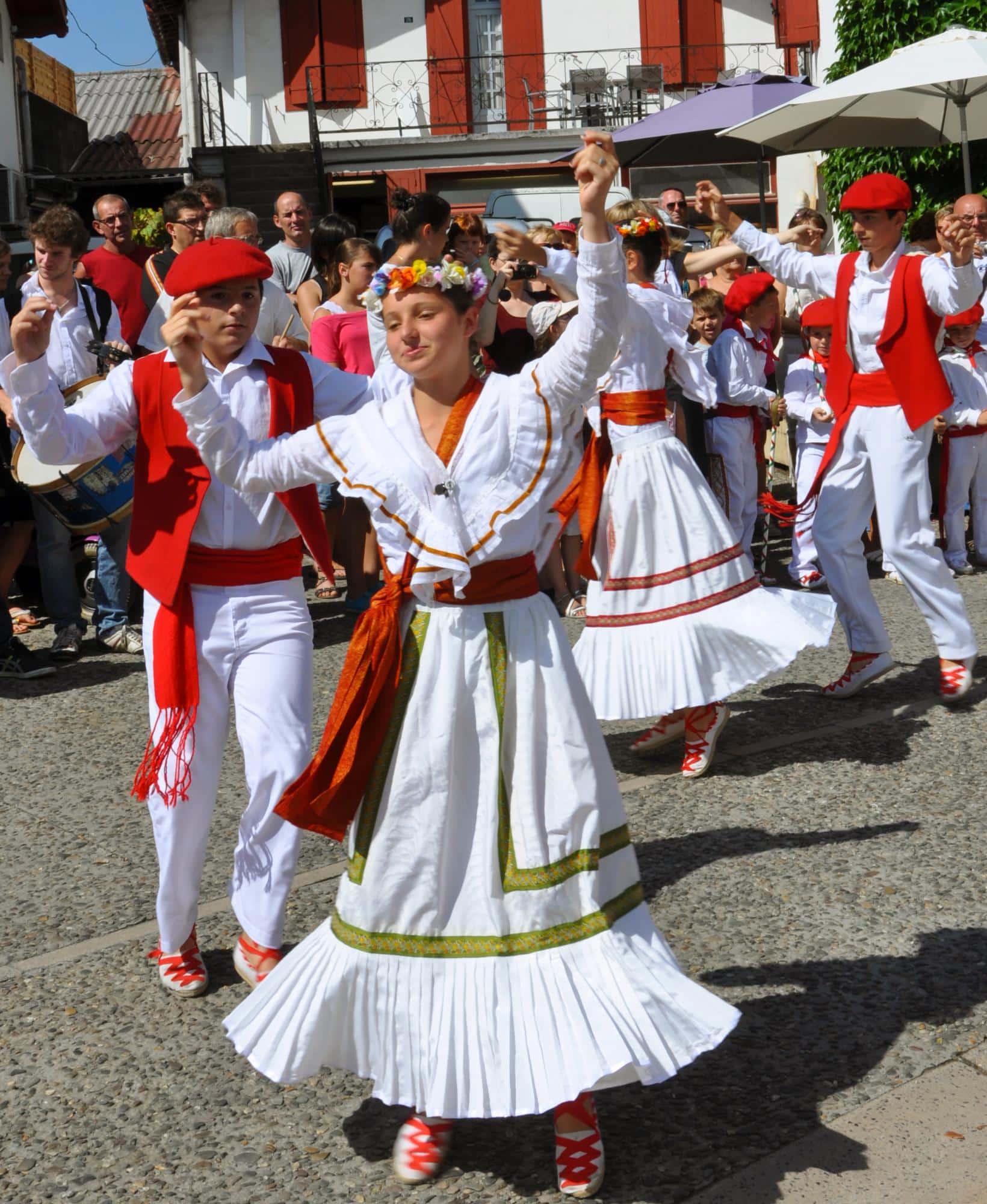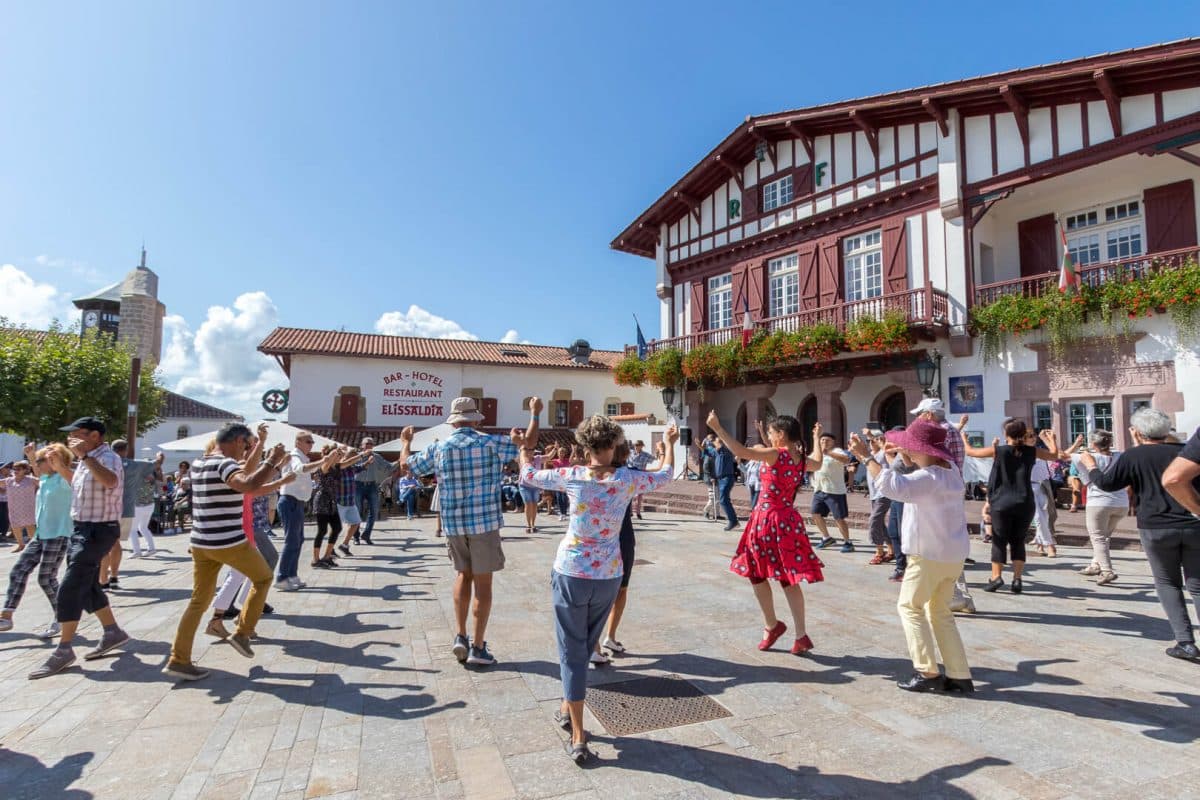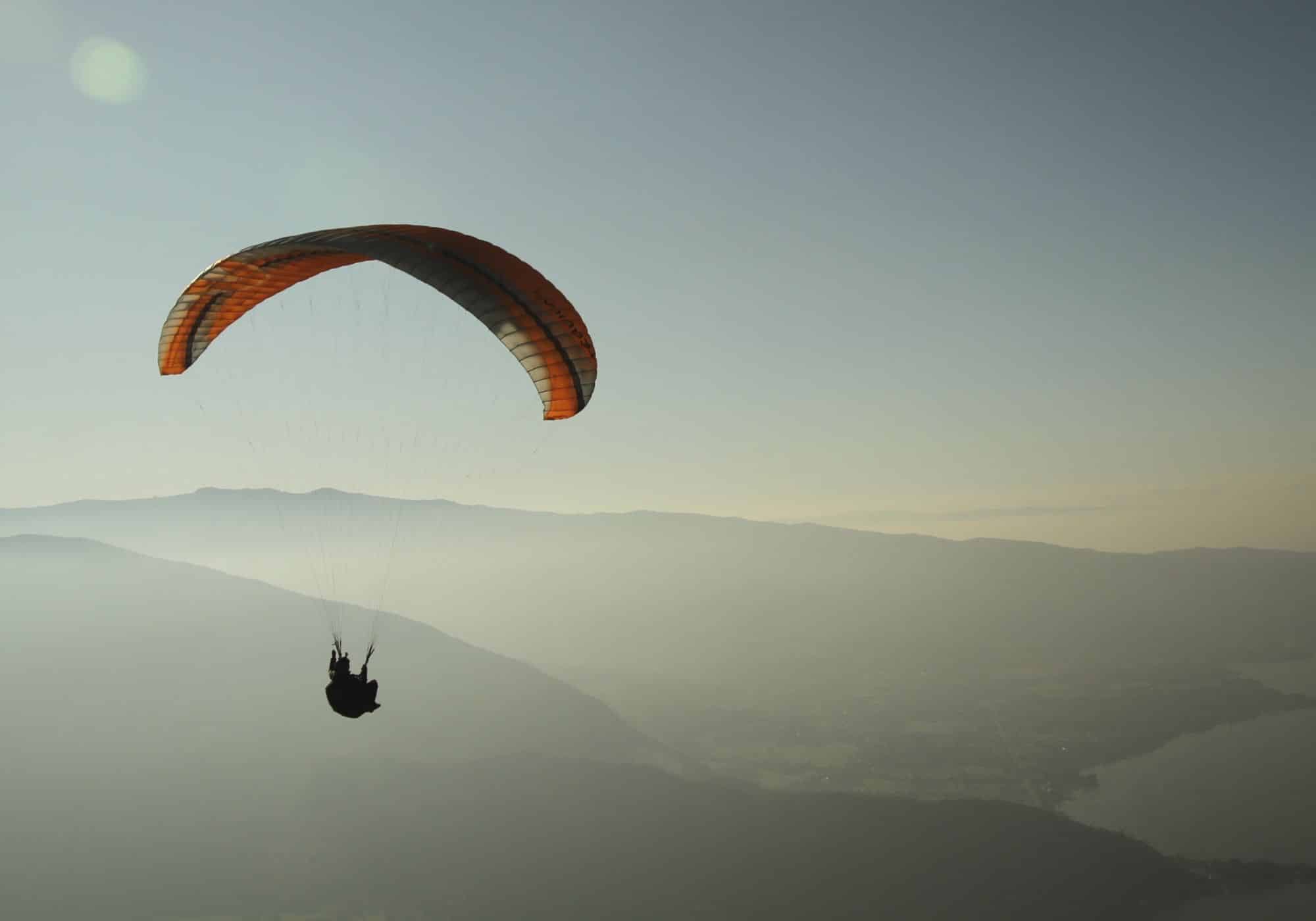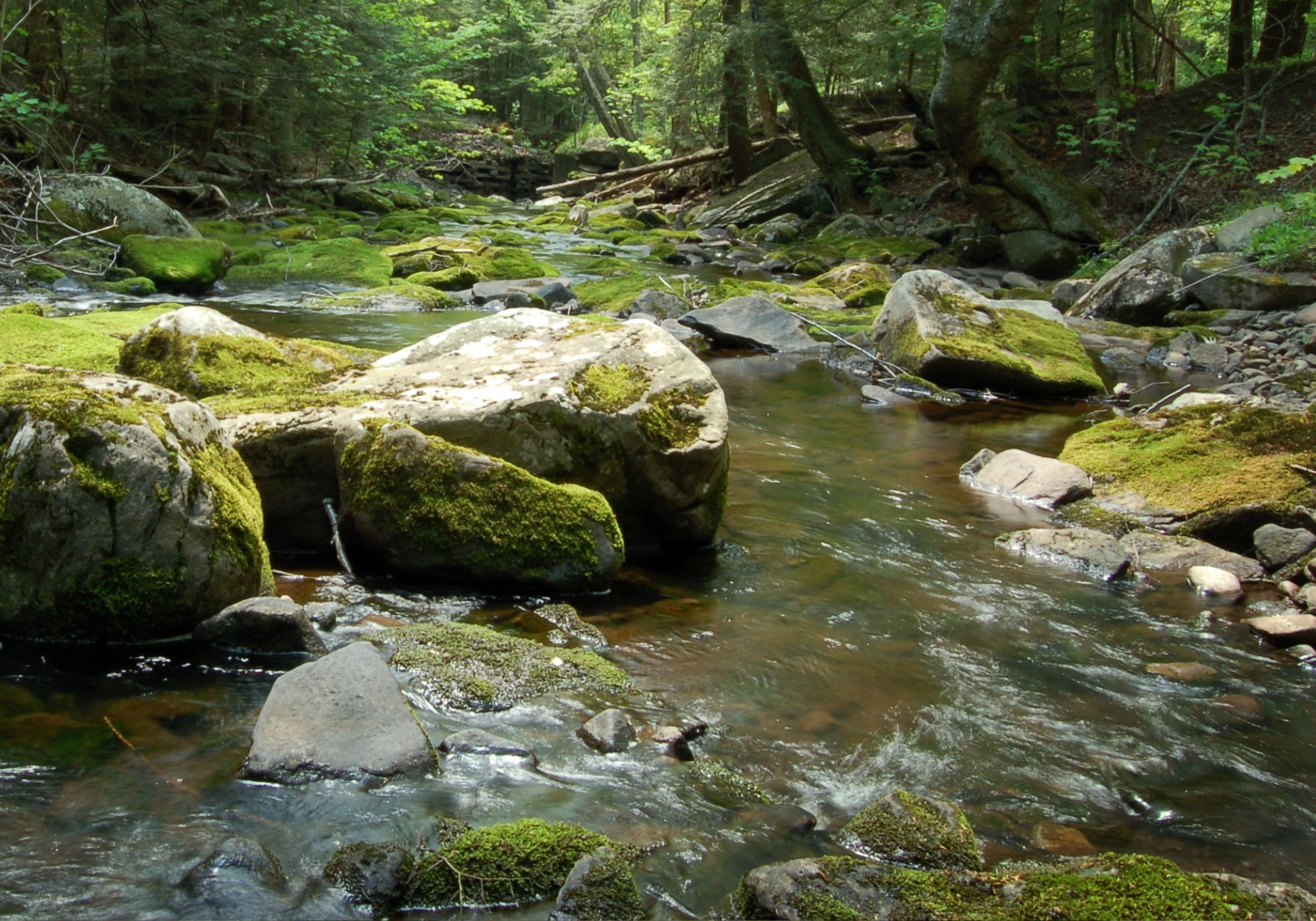Basque dances
Each culture has its own character and traditions that have been preserved despite major social changes. Whether folk, traditional, popular, ritual, recreational or religious, the Basque Country is no exception. The proliferation of dancing in public squares and open-air festive celebrations has diminished considerably over time, becoming an activity reserved for carnival. Even today, the Basque Country retains its traditional dances: Fandango, Mutxiko and Paquito. Take the time to discover these dances from your Pays Basque campsite.
Le Fandango
Basque dance has evolved over the centuries, from ceremonial traditions to village social customs. Some dances, like the Fandango, are used for official ceremonies to show respect, while others like the romerías invite spontaneous participation from the crowd. Over the past two decades, Basque dance and processional traditions have evolved from distinct regional variations to more standardized movements. Fandango is a Basque dance. It is collective and based on a waltz rhythm. You can do this dance with your arms raised and your fingers snapping to mark the rhythm. Today, there are many variations of Fandango. The provinces invent their own Fandango, although the rhythm is always based on the two-beat Arin-arin.
The Mutxiko
Mutxiko is also the traditional dance of the Basque Country. In the past, it was dedicated to young men. It’s a dance of the legs. To perform this dance, you need to keep your torso upright and your arms at your sides. Mutxiko is also known as Basque jumping and is performed in a circle. The steps are codified by the following movements:
- jauzi (jump)
- luze (two steps forward)
- dobla (doubled)
- pika (cut)
- erdizka (the U-turn)
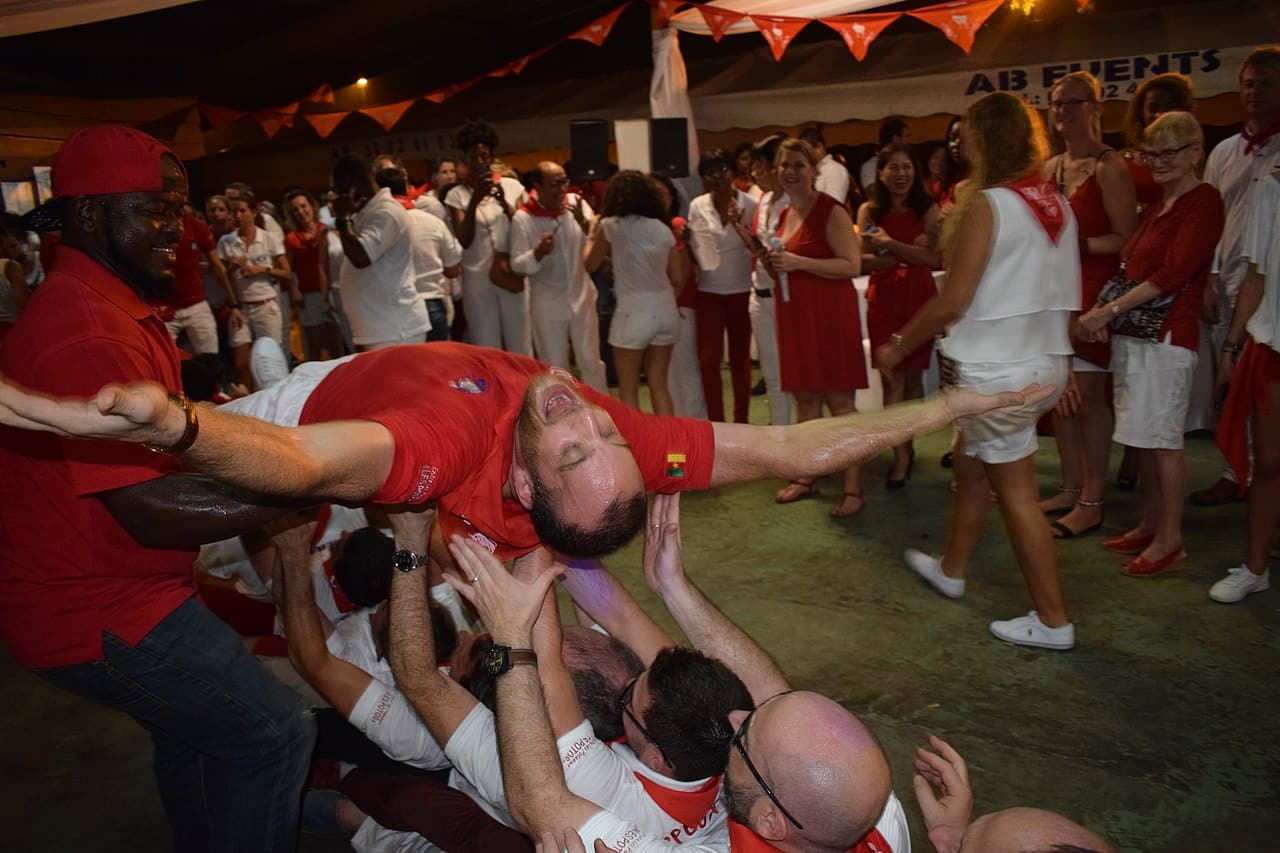
Le Paquito
For Basque people, dance is a way of connecting with their heritage. Meanwhile, contemporary dance ensembles innovate on traditional dance steps to create new movements, while always keeping historical contexts at the center. Paquito is a traditional dance that originated in the férias of the southwest. It is performed to the rhythm of the brass band (banda). This dance is rather athletic, as it involves sitting down in front of each other, raising the arms and carrying one by one. Basque dances are also performed in the villages of Espelette, Biarritz and Bidart.
Guéthary’s dance shows
The Guéthary dance shows are organized by the Getaria dance association in early September in Guéthary. Dance performances take place between 5pm and 9pm. The dances are performed in pairs or individually. The basic characteristics of Basque dance can be seen between choreography, historical and festive elements, and universal features of tradition, entertainment, tourism and especially festive religious events. Some are open group dances, others closed.
